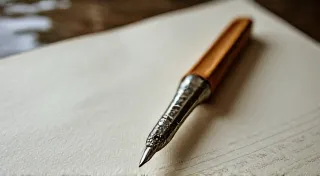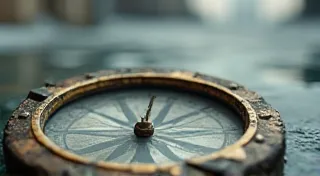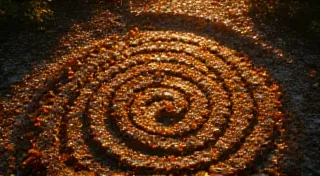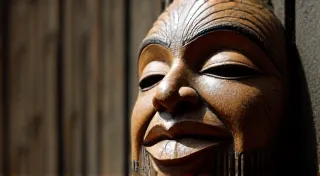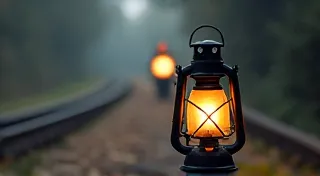Echoes of Absence: The Unsent Postcard - A Chronicle of Lost Connections
The world of vintage postcards is vast and vibrant, a window into eras past filled with bustling cityscapes, idyllic countryside scenes, and the faces of those who once populated them. Most postcards we encounter bear stamps, postmarks, and a destination – evidence of a successful journey, a message delivered. But there exists a poignant subset, a quiet corner of this collector's realm, comprised of postcards that never made it. These are the unsent postcards, silent witnesses to interrupted narratives, whispered secrets, and the melancholy beauty of absence. They offer a unique and profoundly moving perspective on postcard collecting, pushing beyond mere aesthetics and historical documentation to reveal the human stories embedded within.
Imagine holding a postcard depicting a lively seaside resort in the 1920s. The colors are faded, the paper slightly brittle, but the scene itself remains captivating – families strolling along the pier, children building sandcastles, the crisp ocean air seemingly captured within the image. Now, imagine that same postcard, pristine and untouched, tucked away in a box, never sent. It’s not just a visual artifact; it's a ghost of a potential connection, a fleeting moment frozen in time, ripe with unspoken emotions.
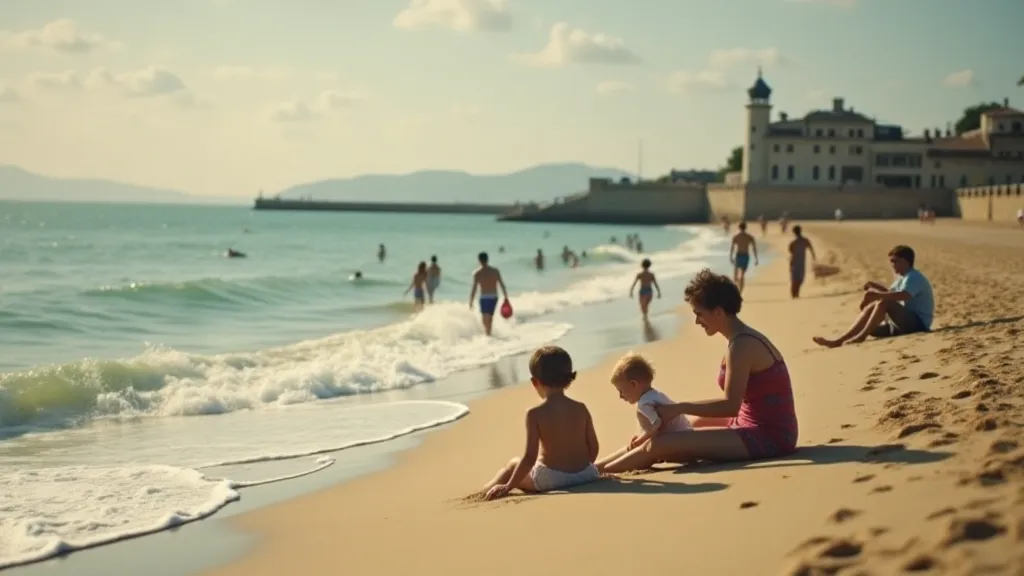
The Mystery of the Unsent
Why are these postcards unmailed? The reasons are as varied as the postcards themselves. Perhaps a budding romance fizzled before the message could be sent, the carefully chosen words representing a love lost. Perhaps a soldier, stationed far from home, wrote a letter to a loved one but succumbed to the realities of war before it could reach them. Maybe a family, planning a vacation, purchased a postcard as a souvenir but ultimately decided against the trip. The possibilities are endless, each one adding another layer of intrigue to these silent relics.
From a philatelic perspective, the absence of a postmark is a key identifier. While a postmark is the hallmark of a mailed postcard, its absence signals a different kind of story. It shifts the focus from the journey of the postcard to the emotions and circumstances that prevented that journey. This makes them particularly desirable to some collectors – not for their postal history, but for the human history they embody.
Craftsmanship and the Allure of the Antique
Beyond the emotional resonance, the unsent postcards often exemplify the remarkable craftsmanship of their era. Early postcards, particularly those from the “Golden Age of Postcards” (roughly 1893-1915), were often works of art. The lithography was exquisite, the colors vibrant (despite the inevitable fading), and the printing techniques pushed the boundaries of what was possible. Many featured elaborate borders, textured paper, and even three-dimensional elements. Examining these postcards closely, you can appreciate the skill and artistry that went into their creation. The tactile quality of the paper, the subtle variations in the printing, all contribute to a sensory experience that modern reproductions simply cannot replicate.
Think about the printing processes involved. Before digital photography and printing, images had to be painstakingly reproduced through lithography or photogravure. Each color was applied separately, creating a complex and layered process that demanded considerable expertise. These weren’t mass-produced items; they were handcrafted expressions of artistry, destined, in many cases, to become forgotten.
A Personal Connection: A Card Found
I recall discovering a small box of unsent postcards at an antique market several years ago. Among them was a postcard depicting the Grand Canyon, written to a “Dear Eleanor” in delicate, looping script. The message was short – “Wish you were here! The views are incredible.” It was unsigned, undated, and utterly heartbreaking. Who was Eleanor? Why wasn’t the message sent? Did they ever see the Grand Canyon together? These questions remain unanswered, but the postcard itself became a tangible link to a story I can only imagine. It wasn’t about the postcard itself; it was about the human connection it represented, the interrupted journey, and the lingering sense of longing.
That single card ignited a fascination with these lost voices, these silent witnesses to lives lived and moments missed. It highlighted the power of collecting – not just to acquire beautiful objects, but to connect with the past on a deeply emotional level.
Restoration and Preservation – A Gentle Approach
Handling antique postcards, especially those that have remained unsent and potentially stored in less-than-ideal conditions, requires a gentle touch. While complete restoration is rarely advisable (and often diminishes the card’s value), simple steps can be taken to preserve their condition. These might include careful cleaning with a soft brush, storage in acid-free sleeves, and protection from direct sunlight and humidity. The goal is to stabilize the postcard’s condition without compromising its integrity.
Avoid aggressive cleaning methods or attempts to “repair” damage. The imperfections – the foxing, the fading, the creases – are all part of the postcard's history. They tell a story of their own. Preservation is about minimizing further deterioration, not erasing the signs of age.
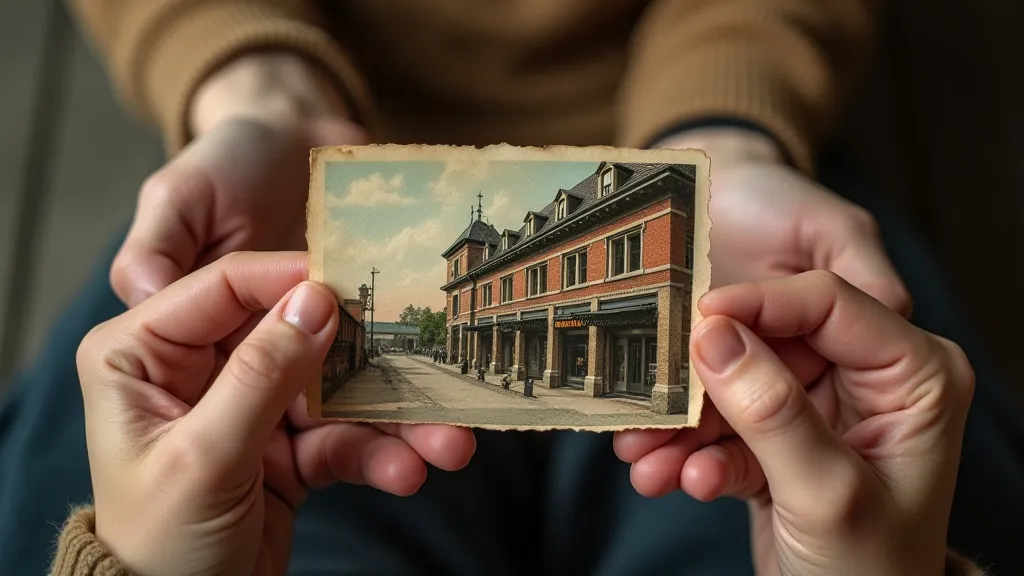
Beyond the Aesthetic: Unsent Postcards as Historical Documents
The unsent postcard’s value extends beyond mere aesthetics. They offer unique insights into social customs, travel patterns, and personal relationships of past eras. The language used in the messages (even incomplete ones) provides a glimpse into the vernacular of the time. The choice of image – a bustling city street, a tranquil countryside scene – reveals something about the sender's desires and aspirations. They are, in essence, fragmented historical documents, offering fleeting glimpses into lives long gone.
Consider the context. During the World Wars, postcards were a primary means of communication for soldiers separated from their families. An unsent postcard from that era could represent a soldier’s fears, his hopes for the future, or his inability to articulate the realities of war. Understanding this historical context adds another layer of depth and meaning to the collection.
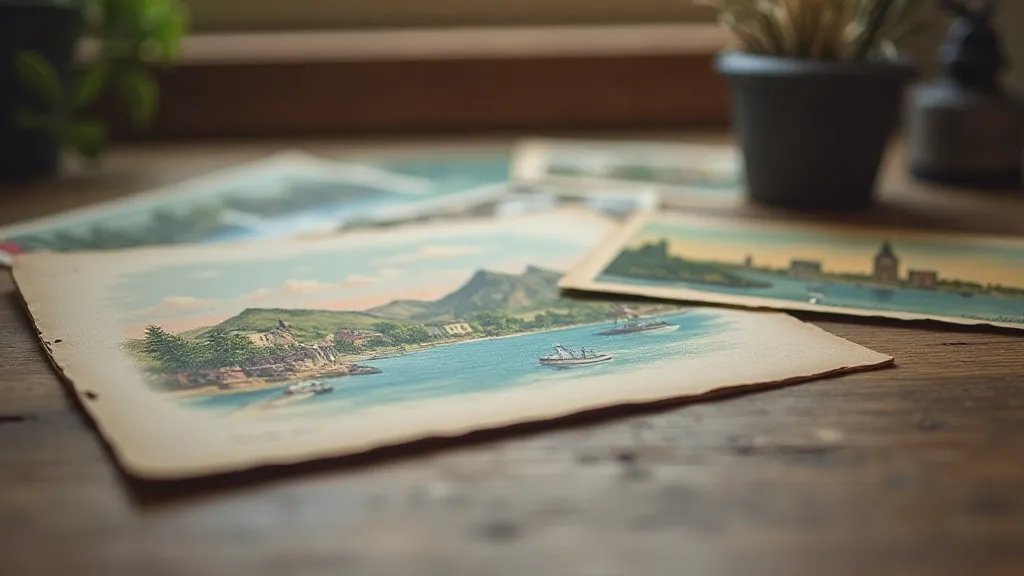
A Quiet Appreciation
Collecting vintage postcards is a journey of discovery – a chance to connect with the past and appreciate the artistry of a bygone era. But the unsent postcards offer something uniquely profound. They are quiet reminders of lives lived, connections lost, and the bittersweet beauty of absence. They invite us to contemplate the stories behind the images, to imagine the lives of the senders and recipients, and to find meaning in the fragments of the past. It's not just about owning a piece of history; it’s about listening to the echoes of a lost connection.
